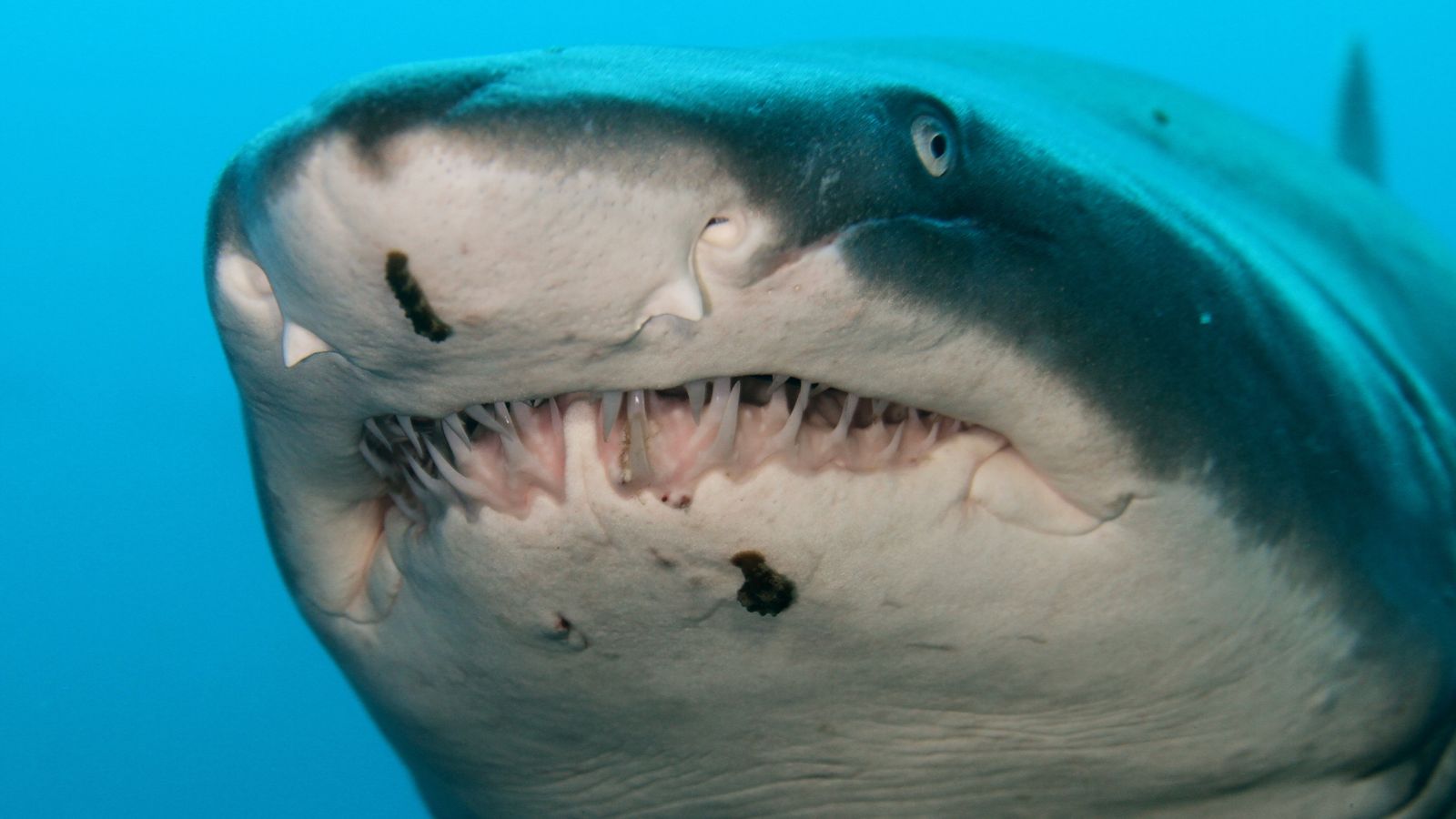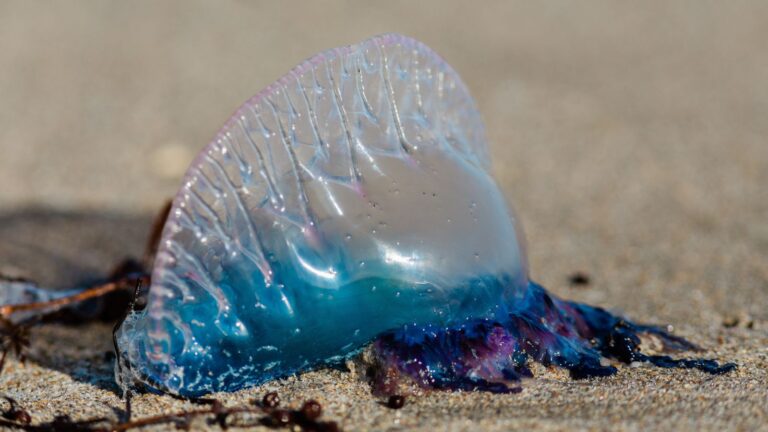The vast oceans are home to a wide array of marine life, including some of the most dangerous creatures on the planet. Equipped with powerful bites, venomous stings, and even electric shocks, these sea animals can be deadly to both humans and other creatures. This article explores some of the most lethal marine animals found in the ocean.
Sea Snake

Nearly every sea snake species is venomous but generally non-aggressive unless provoked. They are usually reluctant to bite and tend to use it as a defense against provocation, but some species’ venom could kill multiple humans with less than 2 milligrams.
Cone Snail

These venomous sea snails use their “radula tooth,” a harpoon-like barbed and hollow structure, to subdue their prey. Florida Museum explains that their venom “interferes with nerve impulses, paralyzing prey in various ways.”
Portuguese Man o’ War

Despite its appearance, the Portuguese man o’ war is not a jellyfish; it’s a siphonophore. Their tentacles contain venom and can sting just as painfully, whether the animal is dead or alive. They sting around 10,000 people every summer in Australia, causing severe pain that lasts up to three hours.
Saltwater Crocodile

This crocodile can weigh over 2,200 pounds and reach lengths of over 23 feet, making it the world’s largest reptile and a formidable predator. Oceana warns that this species “is known to show aggression towards people—partially a result of its strong territoriality—and is responsible for at least several dozen attacks on people each year.”
Stingray

Stingrays are generally docile creatures found in tropical and subtropical waters worldwide. They will usually flee disturbances, but some larger species are more aggressive. Steve Irwin was notoriously killed in 2006 after a short-tail stingray barb pierced his chest.
Moray Eel

Moray eels have a fearsome appearance; their large jaws and sharp teeth give them a powerful bite. Some larger species have bite forces of up to 900 pounds per square inch, similar to those of a large alligator.
Tiger Shark

Tiger sharks are one of the three species known to attack humans, and their habit of visiting shallow reefs, canals, and harbors increases the potential for encounters. They are typically involved in three to four attacks in Hawaii annually.
Sperm Whale

Sperm whales are the world’s largest toothed predators, reaching 62 feet long and weighing 45 tonnes. They aren’t known for attacking humans but are apex predators that prey on giant and colossal squid, sharks, and octopuses.
Blue-Ringed Octopus

Despite its tiny size and relatively docile nature, the blue-ringed octopus is one of the most venomous marine animals. WebMD explains that the toxic venom stored in their salivary glands “is so deadly that 1 milligram” can kill a human, but most people survive with prompt treatment.
Leopard Seal

Leopard seals are known for their sharp teeth, powerful jaws, and predatory nature, especially towards penguins in their Antarctic habitat. Their only natural predators are orcas, and they rarely attack humans but are known for biting the black pontoons of rigid inflatable boats.
Barracuda

This large, predatory fish is known for its fearsome teeth and speed. Some fish species are dangerous to swimmers, who mistake them for large predators and bite them in waters with poor visibility.
Humboldt Squid

Humboldt squid are notorious for their aggressive nature, especially during feeding frenzies. They can grow to nearly five feet long, tend to meet unfamiliar objects aggressively, and have destroyed deep-sea cameras.
Stonefish

These fish are the world’s most venomous, with stings that cause respiratory weakness, cardiovascular system damage, intense pain, convulsions, paralysis, and even death. They’re also edible if properly prepared, as their protein-based venom breaks down when heated.
Box Jellyfish

The box jellyfish, found in Australian and Southeast Asian waters, is notoriously venomous. The National Ocean Service explains that the jellyfish is thought to be the “most venomous marine animal,” and people injected with their poison “may experience paralysis, cardiac arrest, and even death, all within a few minutes of being stung.”
Great White Shark

The great white shark is a fearsome apex predator and the largest predatory fish. They are one of the top three shark species most likely to attack humans, but contrary to their image as man-eaters, they generally spit them out, leading to more survivors than fatalities.
Bull Shark

Bull sharks are a highly aggressive species with the unusual ability to thrive in salt and fresh water. Despite their territorial aggression, fewer than 30 unprovoked attacks on humans have been recorded since 2000.
Electric Eel

Electric eels can generate powerful electric shocks when hunting and defending themselves from predators and can release charges of up to 860 volts. They prey on catfish and sometimes hunt in packs.
Irukandji Jellyfish

Irukandji jellyfish are tiny, less than an inch long, but extremely venomous. Their habitat is the northern marine waters of Australia, and they cost the country’s government around AUS$2 billion annually through medical costs resulting from their stings and tourism losses.

